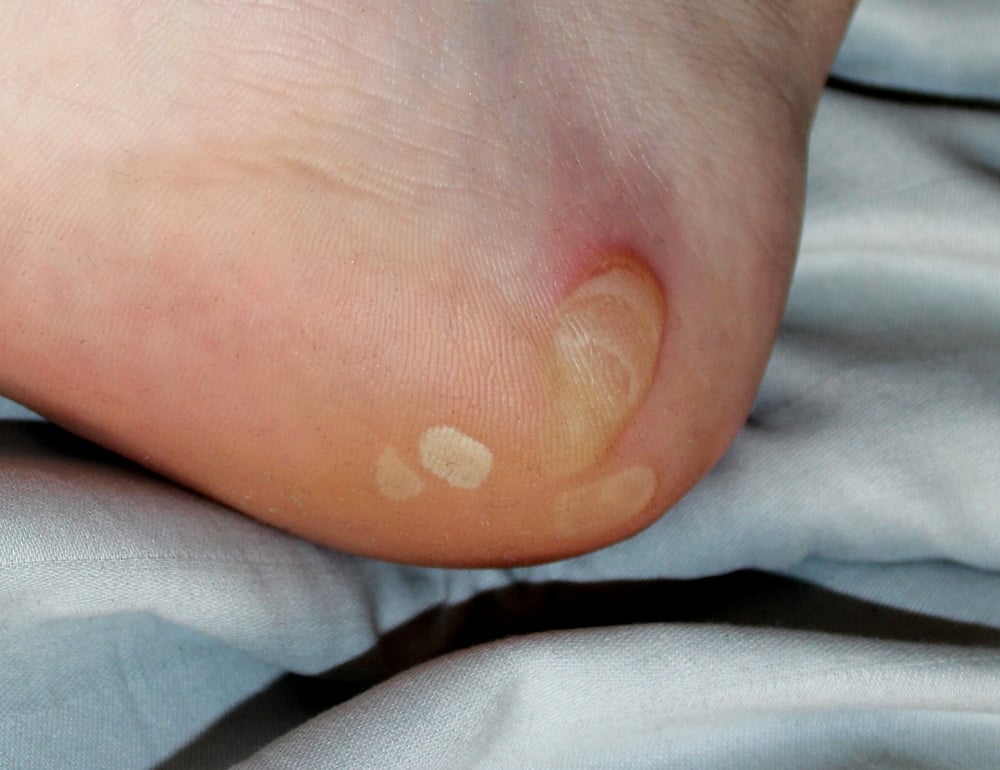Newsletter Signup - Under Article / In Page
"*" indicates required fields
By Jordi Casals, president, EMEA, Amryt Pharma
Epidermolysis bullosa (EB), sometimes described as “the worst disease you’ve never heard of,” is a group of rare and distressing inherited skin disorders primarily diagnosed in young children.
The genetic mutations that cause EB can result in the skin being extremely fragile. Any physical contact with the skin can lead to immensely painful wounds and blisters that take weeks or longer to heal, if they ever heal at all. In the long term, individuals with severe forms of EB can suffer from chronic swaths of blistered, ulcerated or wounded skin, as well as severe scarring, including mutilating fusions between fingers or toes, causing ‘mittening’ of the extremities.
Additionally, EB patients are at high risk of developing aggressive squamous cell carcinomas or serious infections. Unfortunately, those with the most severe forms of EB often don’t survive past childhood.
Butterfly children
This intensely painful and incredibly devastating disease is rare, with an estimated 1 in 20,000 babies born with some form of EB. There are thought to be about 500,000 people living with EB worldwide.
Children living with this disease are often referred to as “butterfly children,” because their skin is as delicate and fragile as a butterfly’s wing. They are often unable to partake in “normal” childhood activities like playing outside or hugging their parents. Even simple activities like going to school or hanging out with friends can be risky and anxiety-inducing, when something as seemingly insignificant as tripping or being bumped into can cause major damage. As a result, it is common for children with EB to feel lonely, given the many barriers to social activities.
Treatment options
Treatment for EB is focused on wound care and symptom management.
Patients and their caretakers—often their parents—must re-dress EB-related wounds with bandages to protect the damaged skin to encourage healing and prevent infections. Bandage changes vary in frequency from daily to every few days, and they can be incredibly painful for patients, many of whom need prescribed painkillers just to bear these often hours-long changes. Patients’ parents often describe feeling intense guilt about causing their children such severe pain during such a necessary part of their care.
Until recently, there were no therapies approved specifically for use in EB. However, in June of 2022, the topical gel Filsuvez received European Union (EU) approval for the treatment of partial thickness wounds associated with dystrophic and junctional EB in patients 6 months and older.
Brought to market by Amryt Pharma, Filsuvez is the first-ever EU-approved therapy that is available to individuals living with EB. The approval of Filsuvez was supported by data from the EASE trial, the largest trial ever conducted in EB patients, enrolling 223 patients across the globe. This was the first-ever phase 3 EB study to meet its primary endpoint.
EB is a debilitating and isolating disease with a large unmet need, but recent innovations demonstrate progress within the space for the patient community.
Jordi Casals is president, EMEA, of Amryt Pharma. Jordi joined Amryt Pharma as VP Head of Europe in January 2018 and brings 25 years of experience across a broad range of international commercial roles in the pharmaceutical industry.






